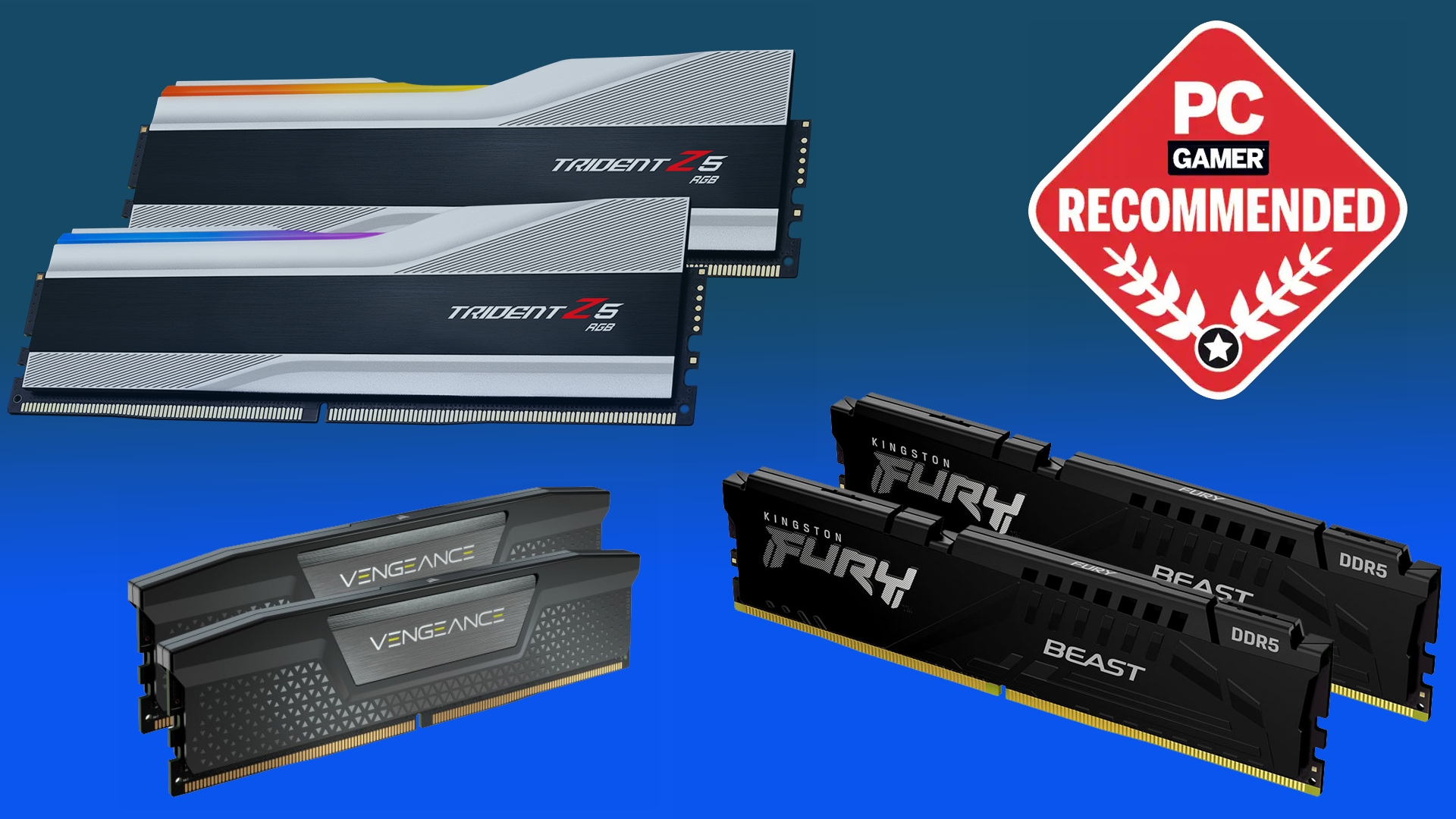Micron's laying the ground work for 1TB DDR5 memory modules
As the company prepares for mass production of 32Gb DDR5 memory chips, there's certainly scope for higher capacity modules.

Micron is making waves when it comes to memory, with new Latin themed processes pushing RAM fabrication to new heights. The company is poised to bring us 32Gb DDR5 DRAM ICs this year, and is slowly forging the path to 1TB memory modules.
As we speak, Micron is making plans to mass produce its upcoming 32Gb DDR5 DRAM chips (via Tom's Hardware) in the first half of 2024. Memory like this may be bound for datacentres the world over, and it might not be too long before 1TB RAM modules are on the table—that's the dream, anyway.
Sadly, no data transfer rates have been disclosed by the company, but if the 5200MT/s and 5600MT/s transfer rates of Micron's previous memory modules are anything to go by, we should see some impressive performance from the upcoming 3rd generation chip design.
That's all down to the new fabrication techniques Micron will be employing. Where the previous chips were fabricated with 1α (one-alpha) technology, these upcoming 32Gb chips will make use of the company's updated 1β (one-beta) fabrication tech, which ditches the extreme ultraviolet lithography used in previous techniques.
There are no signs of 1TB modules on Micron's roadmap yet—the company is too busy plotting 16Gb and 24Gb GDDR7 chips, each with 32GT/s transfer speeds, right now. While there are 128GB, 192GB and 256GB DDR5 modules listed on the roadmap, which will all make use of a whole bunch of the new 32Gb chips, theoretically that could lead to 512GB and even 1TB modules.

Best DDR5 RAM: the latest and greatest
Best DDR4 RAM: affordable and fast
As Tom's report points out, that would require stacking eight of these 32Gb ICs on top of each other, and packing 32 of those stacks onto a stick to make up a full 1TB module. But it's possible. Theoretically. Niche, but possible.
The main concern is that, while there's certainly scope for larger modules in the future, these are likely to be on a made-to-order basis for specific (and well-paying) partners when they first hit.
Keep up to date with the most important stories and the best deals, as picked by the PC Gamer team.
The main takeaway here is that while we're over here dreaming of running 1TB of RAM on our gaming PCs, companies like Micron are out there moving up the memory rungs to bring us ever closer to that dream…
Even if we do have to watch big tech hoard all the goodies for a bit.

Screw sports, Katie would rather watch Intel, AMD and Nvidia go at it. Having been obsessed with computers and graphics for three long decades, she took Game Art and Design up to Masters level at uni, and has been rambling about games, tech and science—rather sarcastically—for four years since. She can be found admiring technological advancements, scrambling for scintillating Raspberry Pi projects, preaching cybersecurity awareness, sighing over semiconductors, and gawping at the latest GPU upgrades. Right now she's waiting patiently for her chance to upload her consciousness into the cloud.

